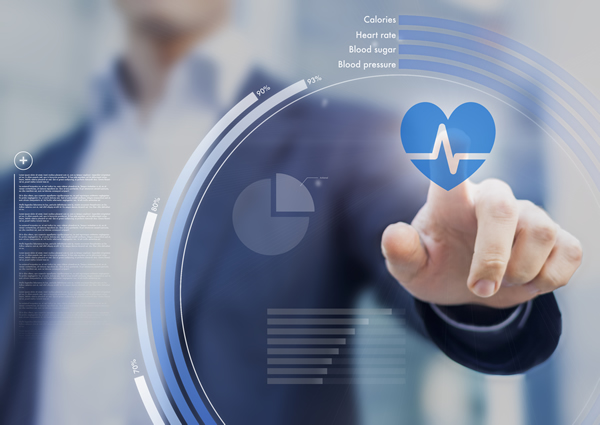ATD Blog
Is Healthcare Culture Ready for New Technology?
Wed Aug 10 2016

In healthcare IT and telemedicine, there has been a struggle to educate caregivers on new technology. This problem spans different generations. For example, one U.S. medical center was not ready to implement a new, mandated information system. Baby Boomer staff members lacked the technical skills to use it, but there were no training opportunities available to them. While Millennials felt comfortable with their technical skills, they struggled to adapt because they’d used different systems at other organizations. As telemedicine becomes the new way of servicing patients, leaders need to address the learning gap.
The healthcare industry needs to understand that introducing any technology is a cultural change. To put it into perspective: Every year Apple, Microsoft, and other technology companies introduce new technologies or devices. The introduction of new systems affects the entire population. In the healthcare industry, it means patients, medical staff, and providers need to learn a new system if they choose to use the new technology. Leaders also have to deal with technology changes and keep up with such changes.
Some organizations are trying to educate staff on how to use technology to improve patient care. They’ve realized that a strong training initiative starts with strong leadership, so they’ve begun to develop in-house leadership academies or programs, which help high-potential talent learn the concepts they need to become great leaders. Yet there’s still a long way to go. As Bruno Neal and Linda Hainlen wrote in their 2015 issue of TD at Work__: “The learning and development (L&D) needs of the healthcare industry are dramatically different from those of other businesses, making for unique challenges for the talent development field.”
One challenge for leaders in the healthcare industry is disseminating training content without immediately losing the attention of their audience. New methods have been developed to keep up with today’s fast-paced world. Microlearning, in particular, has been successful because it gives healthcare staff specific, relevant information the moment they need it. It also engages the learner in a comfortable environment.
Healthcare is essentially a human-driven industry: It’s people caring for people. So, while new technology has the potential to vastly improve the level of care provided to patients, we can’t forget to educate and support the providers who will be using that new technology.
